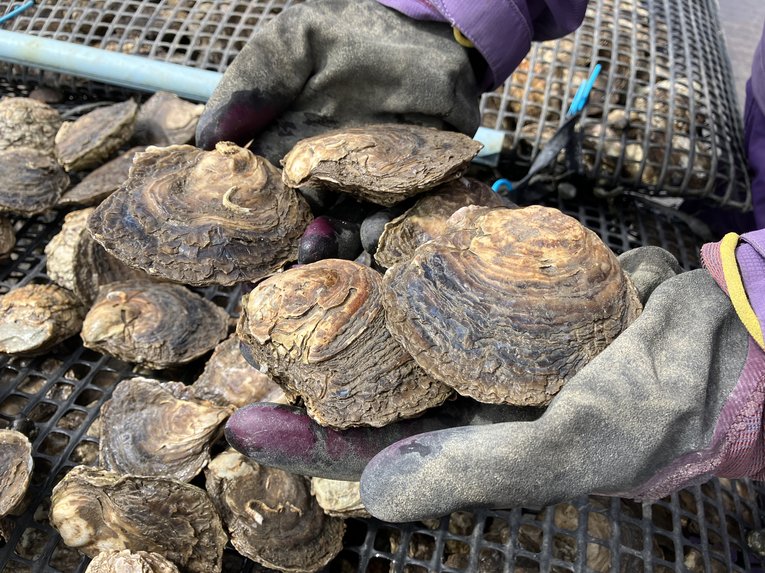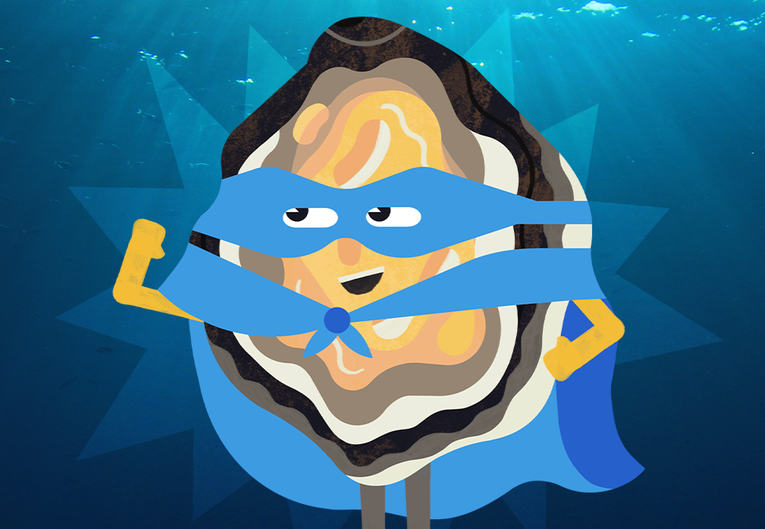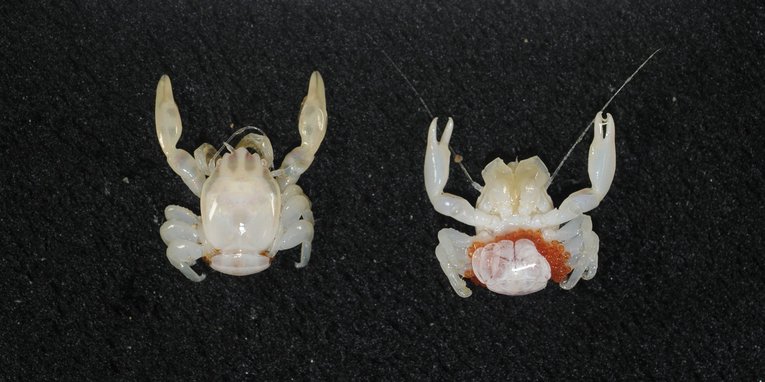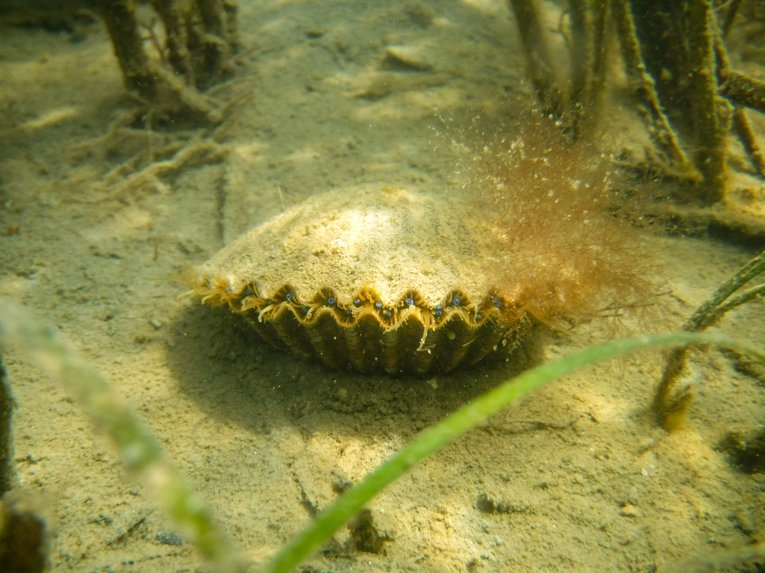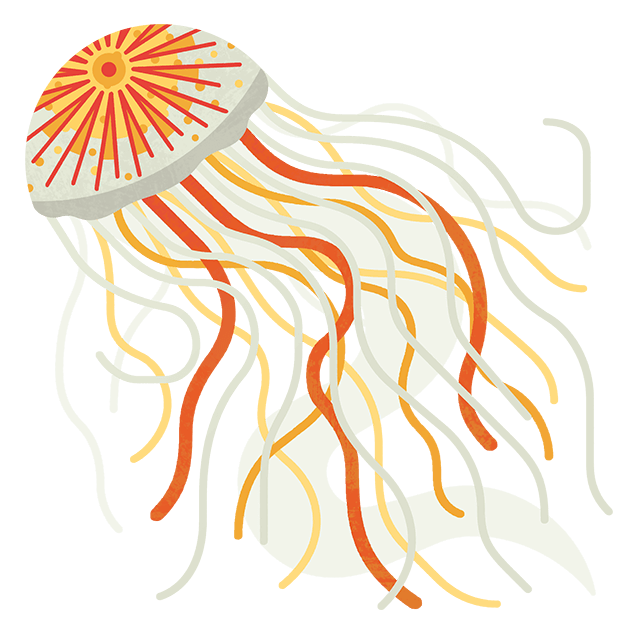
Positive ocean news: October '25 edition
Dive into our latest round-up of good news stories for our seas, and the species that call them home.
Conservation project restores 50,000 oysters in Wales and readies 50,000 more
They will join the native oysters previously deployed in May 2024 and May 2025 to form natural, living reefs which will provide a habitat for various marine species, store carbon drawn down from the atmosphere, and purify water, removing pollutants.
In addition, an estimated 50,000 baby oysters were transported from Bangor University (where they were stored and raised with funding from Pembrokeshire Coast National Park) and rehomed in the Tethys Oysters oyster farm. Thanks to funding from FatFace and the FatFace Foundation and support from Sue Burton Pembrokeshire Marine SAC Officer, they will be sheltered and raised until they’re big enough for deployment in 2026 and 2027.
This marks the first step towards the Marine Conservation Society’s new Atlantic Coast programme, which will see superhero species such as oysters, seagrass and kelp restored around the UK’s west coast.
Scotland’s offshore MPAs to be protected from bottom trawling

A curled octopus on the seabed in Scotland
Credit: Mark Kirkland
The Scottish government has introduced new management measures which will protect almost 177,000 km2 of Scotland’s 20 offshore Marine Protected Areas (MPAs) from bottom-towed fishing gear.
The announcement follows a recent consultation on management measures, which we responded to, and decades of campaigning to secure proper protections in these vital areas.
93% of the offshore sites’ combined area will be protected from bottom-towed gear, including the entire Anton Dohrn seamount, which is home to many species, such as sea cucumbers, brittlestars, cold-water corals and sponges.
Read our update
Deep-sea shark and crab species discovered off Australian coast
The West Australian Lanternshark and a new species of porcelain crab, both of which were previously unknown to science, have been recorded in Western Australia’s deep waters.
The West Australian Lanternshark is a small shark, with the largest known being only 40cm long. It was found up to 610 metres below the water’s surface and has large eyes to help it see in these dark depths. It’s also bioluminescent, producing light on its belly and flanks.
The species were discovered as part of a voyage to survey deep-sea habitats to improve our understanding at the remarkable marine life that lives there.
Read more on the Phys.org website
Study reveals benefits of bottom trawling ban
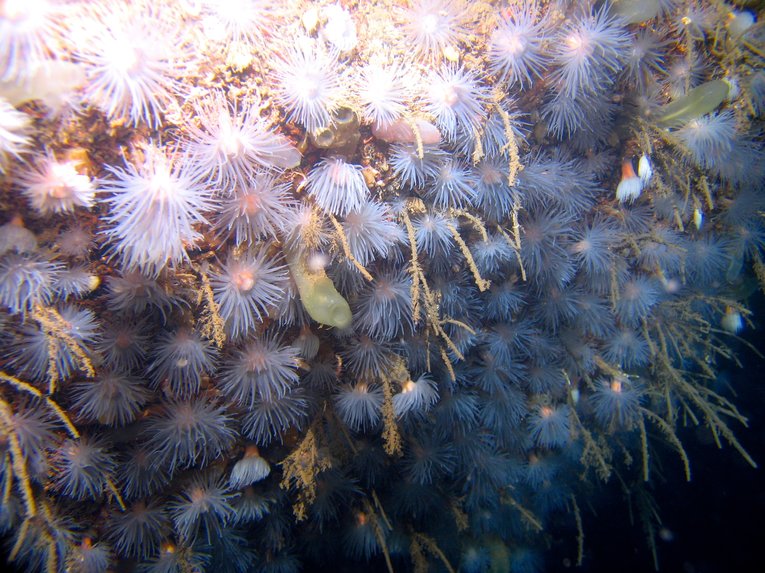
Anemones in Kosterhavet National Park
Credit: Tomas Lundälv, University of Gothenburg
The University of Gothenburg has monitored Kosterhavet National Park, using underwater footage, for the past 25 years to measure changes in marine wildlife since bottom-trawling restrictions were introduced.
The findings show that several species of mussels, anemones, and soft corals have significantly recovered without the threat of trawlers’ nets dragging across the seabed and damaging habitats.
This demonstrates the positive impact that protective measures, such as restricting damaging fishing, can have in marine areas. As well as safeguarding the fish and shellfish targeted by trawlers, other species also benefit, with populations able to recover and balance being restored to the ecosystem.
Read more on the Oceanographic website
Green turtles rescued from the brink of extinction
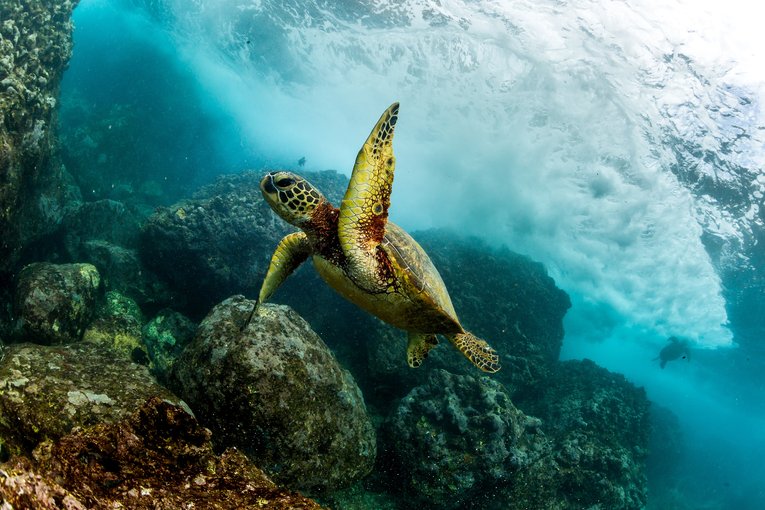
A green turtle swims through the sea
Credit: Ryan Janssens/Shutterstock
Following a rebound in green turtle populations over the past 50 years, the IUCN has now changed the species' listing from ‘endangered’ to ‘least concern’. This has been hailed a conservation win, with global efforts to protect the species leading to a 28% increase in populations since they were listed as endangered in the 1980s.
Although conservation efforts such as releasing hatchling, protecting nesting sites and minimising bycatch in fishing nets, must continue to safeguard these species into the future, the news demonstrates the importance of this work and offers hope for other species.
Read more on the BBC News website
Once-extinct bay scallops thrive again on Virginian shore
After being locally extinct for almost a century, bay scallops are thriving again on Virginia’s Eastern Shore.
The population resurgence is expected to continue, with researchers estimating it will double in less than 18 months.
Read more on the Good News Network website
19 new Marine Protected Areas established along New Zealand’s Hauraki Gulf
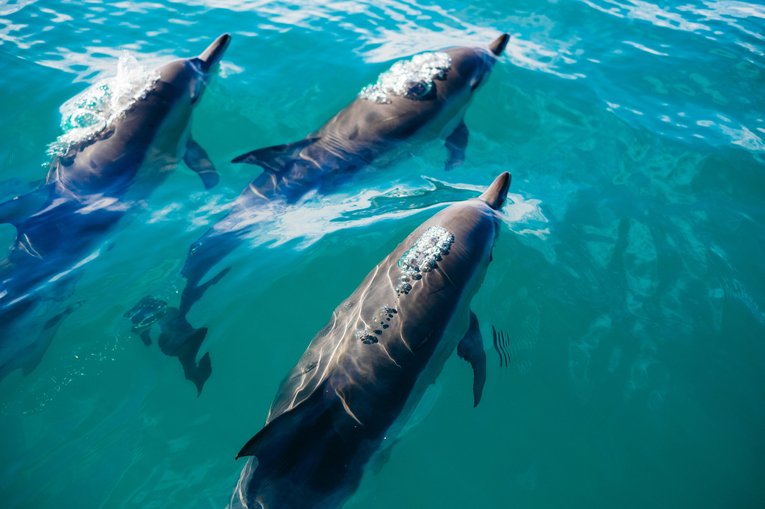
The Hauraki Gulf is home to several dolphin species
Credit: Pablo Heimplatz
New legislation in New Zealand has seen protections in one of the country’s most ecologically important marine areas triple.
The Hauraki Gulf Tīkapa Moana Marine Protection Bill will see 19 new Marine Protected Areas established and fisheries closed, a move that has been called a “huge milestone” which has been facing ecological decline for decades.
It’s hoped the protections will help turn the tide on the region’s health, and restore fish stocks, kelp forests and seabird colonies found nowhere else in the world.
Read more on the Oceanographic website
Study reveals mutually beneficial relationship between fish and anemones
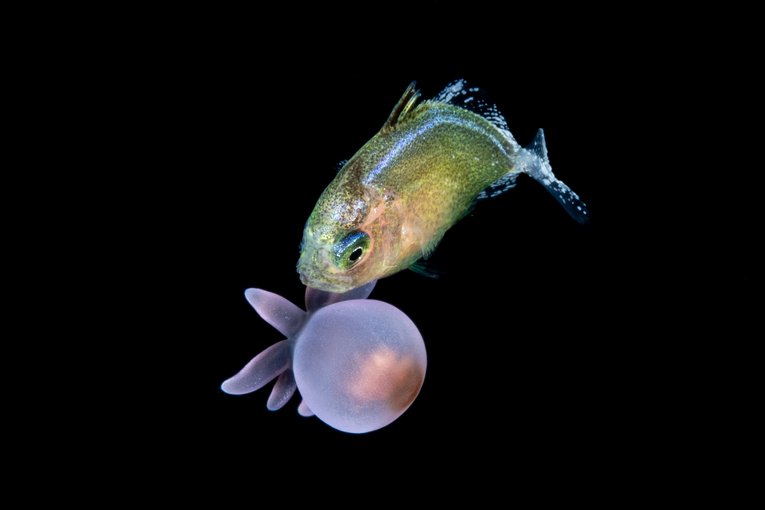
A juvenile fish carrying an anemone in its mouth, possibly for protection
Credit: Linda Ianniello
A ground-breaking study has found the intricate relationship between fish and anemones in blackwater, whereby juvenile fish transport anemones in exchange for protection.
The images captured show juvenile young jacks, filefish, driftfish, and pomfrets carrying live larval tube anemones or button polyps in their mouths. It’s believed that this could be a defence strategy, with the stinging invertebrates offering protection from predators. In exchange, the anemones, which are a lot slower than fish, are carried around the ocean.
As filefish have previously been recorded carrying venomous box jellyfish in their mouths without harm, it’s thought that they’re resistant or tolerant to the stings. The findings suggest that juvenile fish may use certain invertebrates as shields during their vulnerable early life stages.
Read more on the Phys.org website



